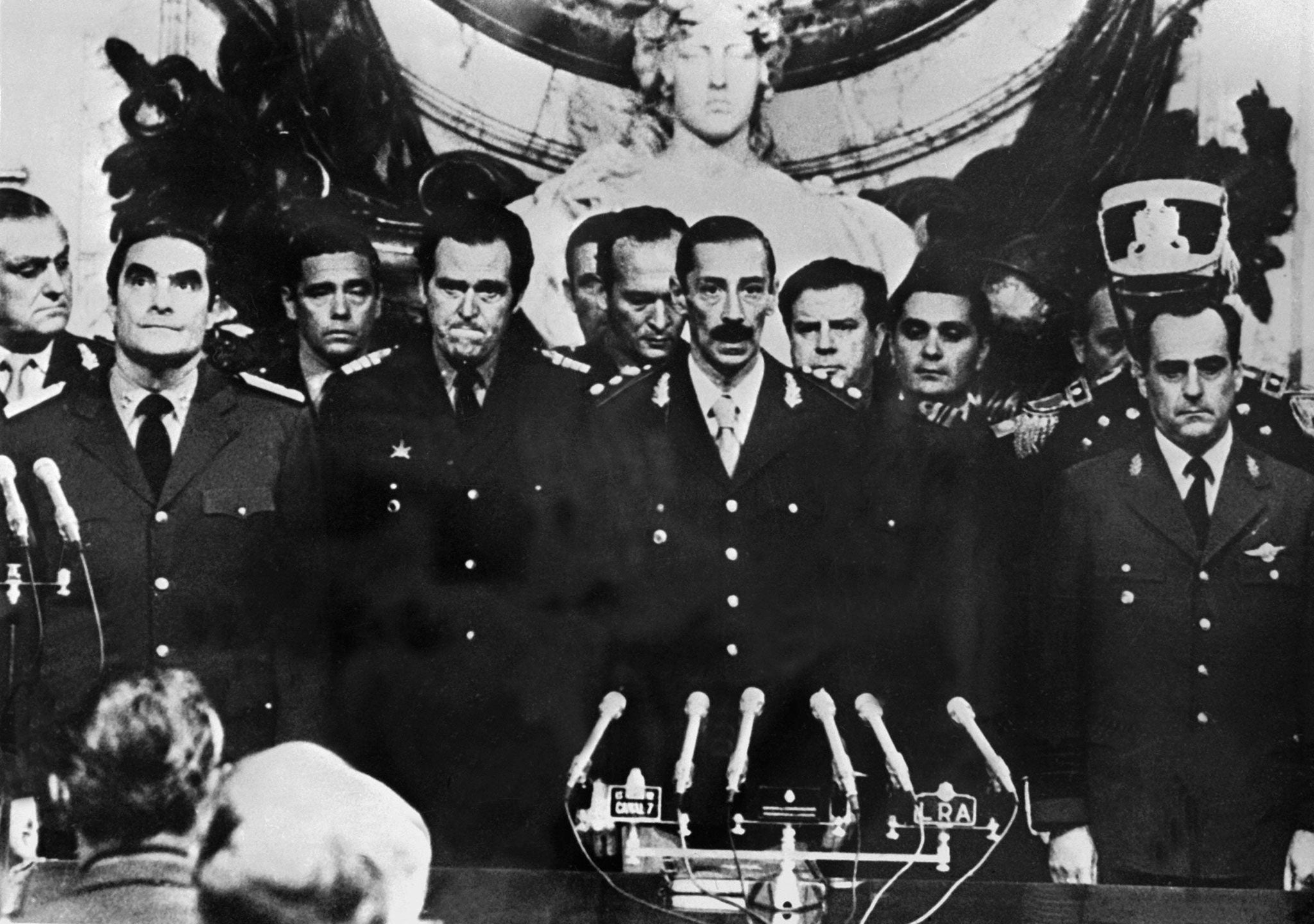Argentina couldn’t rewrite its history, and neither can the Conservatives
Memory is precious in politics; something Labour lost sight of in 2010

Your support helps us to tell the story
From reproductive rights to climate change to Big Tech, The Independent is on the ground when the story is developing. Whether it's investigating the financials of Elon Musk's pro-Trump PAC or producing our latest documentary, 'The A Word', which shines a light on the American women fighting for reproductive rights, we know how important it is to parse out the facts from the messaging.
At such a critical moment in US history, we need reporters on the ground. Your donation allows us to keep sending journalists to speak to both sides of the story.
The Independent is trusted by Americans across the entire political spectrum. And unlike many other quality news outlets, we choose not to lock Americans out of our reporting and analysis with paywalls. We believe quality journalism should be available to everyone, paid for by those who can afford it.
Your support makes all the difference.In 1986, the world’s cinemas were full of an Argentinian film, La Historia Oficial or The Official Version. A middle-class woman, Alicia, slowly discovers that the five-year-old girl, Gaby, whom she and her husband had “adopted”, had been born in a clandestine interrogation centre to a woman who was tortured and murdered as the friend of a falsely alleged subversive in the Argentinian dirty war of 1976-83. The film ends with Alicia leaving her husband, who has known the truth all along, and Gaby being reunited with her real grandparents.
It’s a touching film, but it obscures the even darker truth. Because thus far, no such “adoptive” parent has volunteered the truth in Argentina. Children and grandparents have worried away at the facts. But there has been no Alicia and whole swathes of middle-class Argentinian society have resolutely kept their silence about what they knew, what they could have known if they had ever thought to ask and what they should have known if they had not been either too implicated or too frightened to act.
This week I was shown the Navy Mechanical College in Buenos Aires where the “subversives” – some 30,000 of them – were held. In the eaves of the college they were kept in rows of tiny wooden cabins, always hooded, their hands and feet shackled and weighed down with a 20kg cannonball. Across the busy road there are now chic blocks of flats, a pizzeria and two cafés. There were then, too. Next door there’s a school. And in the basement, which is now just a large empty concrete space with a few bare light bulbs, there was a suite of torture chambers.
Those seized by the authorities would arrive bundled in the trunk of a car. They would be taken up to the attic and brought for their interrogation back down the same staircase used by the naval officers. Once a week some would be “transferred”. Injected with a dose of “vitamins”, they were drugged, taken to the airport, flown out over the ocean and dumped live into the waves. Only a few bodies ever appeared. When some landed on Uruguayan beaches, the dictatorship there burnt the bodies and demanded that the Argentinians dumped their victims further out to sea.
At one point the rest of the world caught wind of what was going on. The Inter-American Commission on Human Rights came to investigate in 1979. The military reaction was to reshape the building and pretend that the events that the witnesses referred to could never have taken place.
When the dictatorship ended in 1983 – Argentina is celebrating its longest ever period of democracy – the immediate instinct was to try the leaders of the junta, but to grant an amnesty to the hundreds who were also involved in the brutal repression. When the court and the government decided to repeal the amnesty a decade ago, the military remained in violent denial. It refused to hand the building over and even tried to pull it down, so it was not until 2004 that it could be used as evidence in court.
Memory is the most precious thing in politics, so it’s a delightfully peculiar fact that the song “Don’t Cry for Me, Argentina” has become the rallying cry for the left-wing Peronists, even though it was written by a British lord, and a member of Mrs Thatcher’s Conservative Party to boot.
It is something Labour lost sight of in 2010 when we engaged in a protracted leadership campaign that allowed the coalition to rewrite British economic history. The partners tried to erase the fact that David Cameron and George Osborne supported and even endorsed Labour’s spending plans right up to the eve of the global financial crisis. They forgot all the reports Conservatives had written about cutting financial regulation and pretended they had been for tougher banking rules all along. And every speech they had made denying Gordon Brown’s responsibility for the years of economic growth was binned and replaced by a diatribe against the man they claimed had single-handedly brought about the economic woes of the world.
Such was the chutzpah involved in the great rewriting history exercise of 2010 that it comes as no surprise that the Conservatives have wiped their website of all pre-2010 material. There is, after all, another chunk of historic editing to be done about the Great Austerity Success of 2010-15.
Join our commenting forum
Join thought-provoking conversations, follow other Independent readers and see their replies
Comments